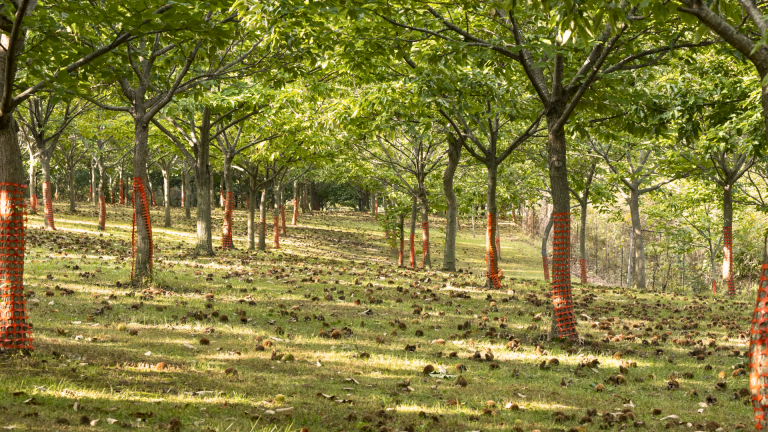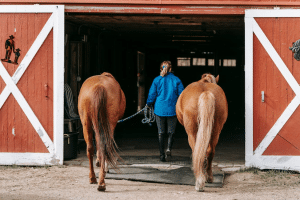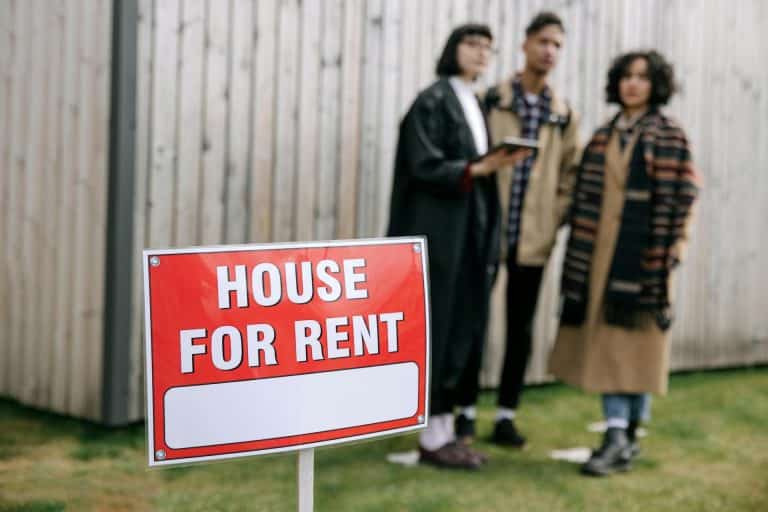Making money from trees isn’t just for big farmers. If you have some space in your yard or even a few large pots, you can grow trees that pay you back over time.
Growing trees for income works well for people with various space options – from small backyards to a few acres of unused land. The best part? Trees require less daily care than many other plants.
This isn’t about getting rich quickly. Instead, it’s about creating steady, long-term income from something that also makes your space more beautiful and helps the environment.
In this blog, I’ll show you the best trees to grow for making extra money, how much you might earn from each, and what conditions they need to do well. With proper planning and some patience, these trees can add significant money to your household income for years to come.
What Makes a Tree Profitable?
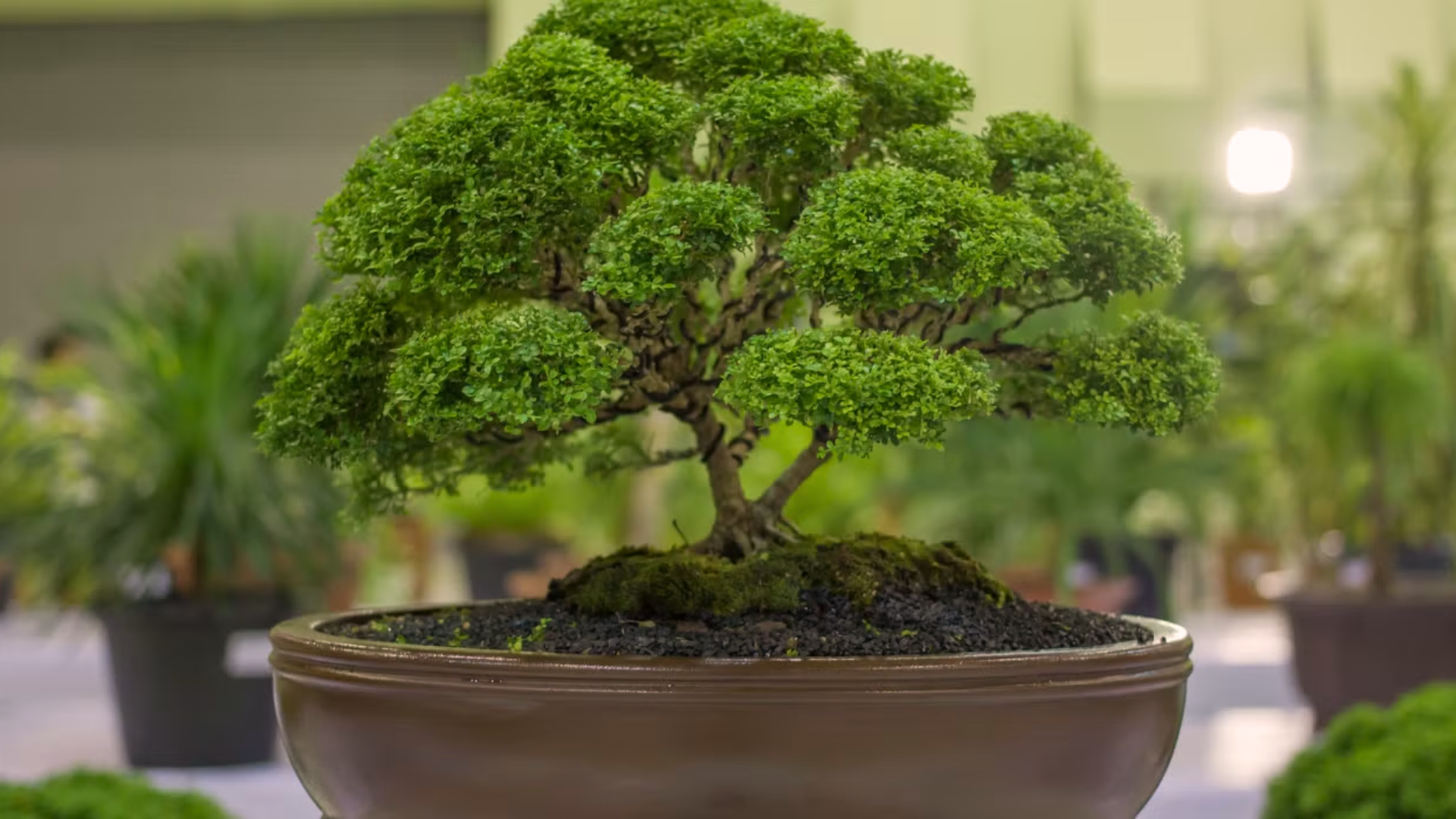
Not all trees are equal when it comes to making money. The profitability of a tree depends on several key factors that you should think about before planting.
First, consider market demand. A tree might grow well, but if nobody wants to buy its products, you won’t make money. Look for trees that produce items people actually need and want to buy.
Growth speed matters too. Some trees take decades to reach full production, while others start paying off in just a few years. For example, walnut trees are highly valuable but might take 7-10 years before producing nuts in good amounts. On the other hand, moringa trees grow quickly and can be harvested for their leaves in the first year.
Maintenance needs affect your bottom line. Trees that need lots of spraying, pruning, or special care cut into your profits. The less work a tree requires, the more money stays in your pocket.
What can you sell from trees? Quite a lot:
- Fruits and nuts
- Wood and timber
- Leaves for tea or medicine
- Sap and resins
- Decorative branches and flowers
What Are the Most Profitable Trees to Grow?
Let me share the trees that can bring you the most money. I’ve put together this list based on market value, growth rate, and overall return on investment. These trees offer good value for different reasons – some for their wood, others for their beauty in yards.
1. Red Maple
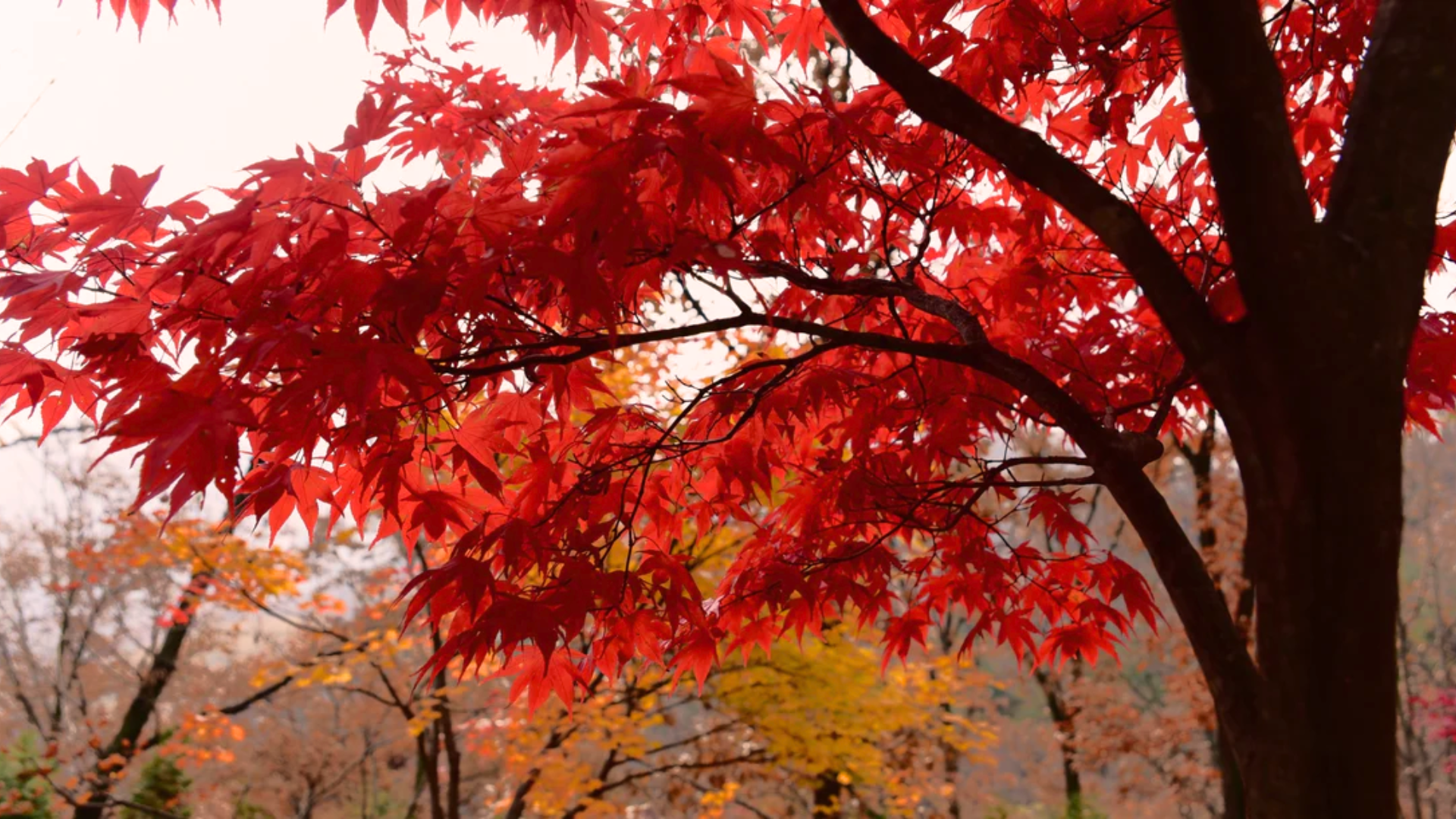
Red maples stand out with their fiery fall colors that turn yards into photo-worthy spots. These trees grow at a medium to fast rate and can reach 40-60 feet tall when fully grown. Their beautiful red leaves make them a top seller at nurseries.
- Unique feature: Their brilliant red fall display makes them one of the most requested trees for home yards.
- Care tips: Red maples do well in most soils but prefer slightly acidic conditions. They can handle wet areas better than many other maple types. You’ll need minimal pruning – just remove dead branches as needed.
2. Southern Live Oak
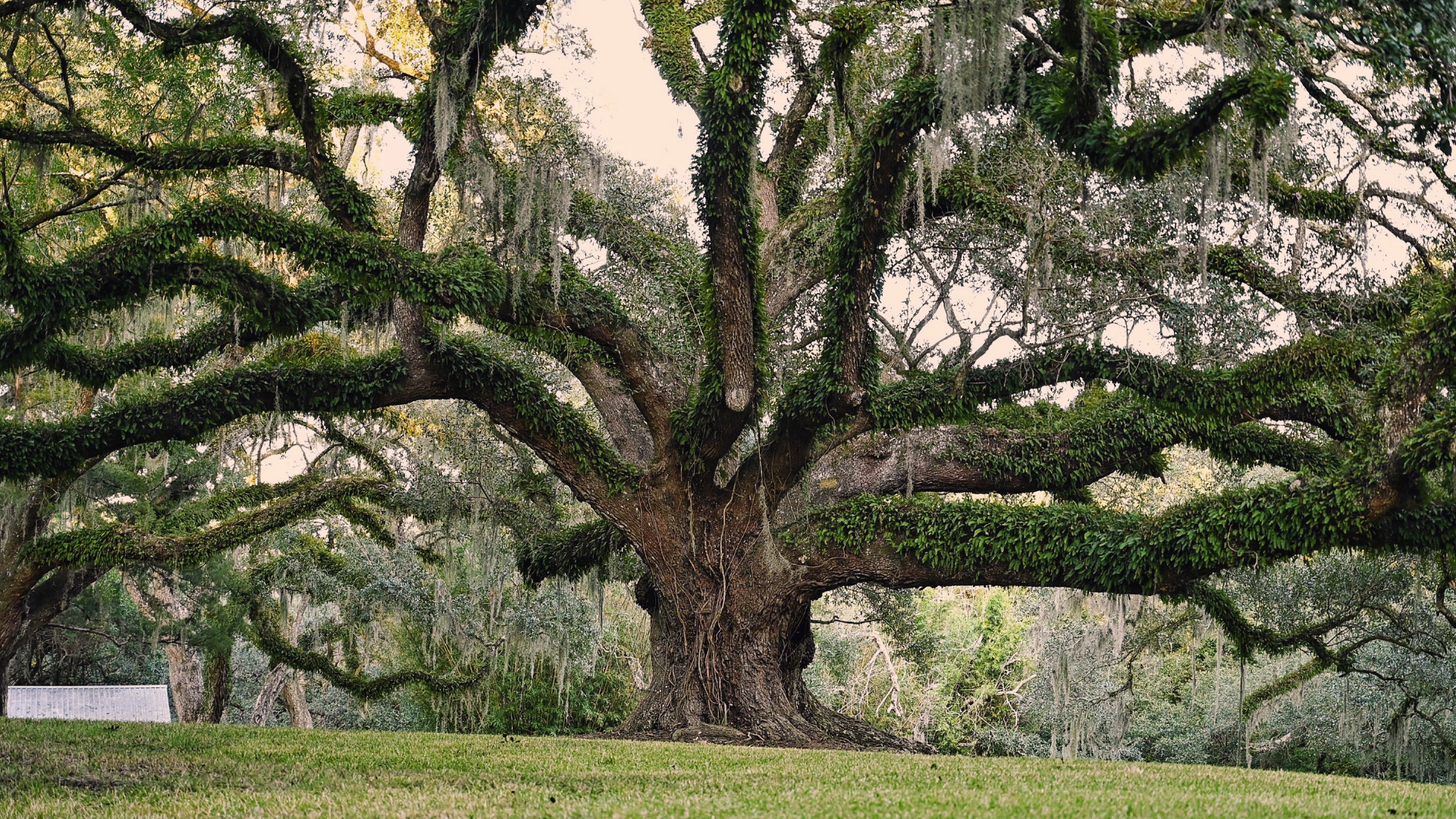
These mighty trees create an image of southern beauty with their spreading branches and hanging moss. Live oaks grow to massive sizes and can live for hundreds of years, becoming more valuable as they age. Their strong wood and classic look make them sought after for large properties.
- Unique feature: Their wide-spreading canopy can reach 80 feet across, creating huge shaded areas that increase property value.
- Care tips: Give these trees plenty of room to grow. They need little care once set up, but do drop acorns and leaves that require cleanup.
3. Eastern Redbud
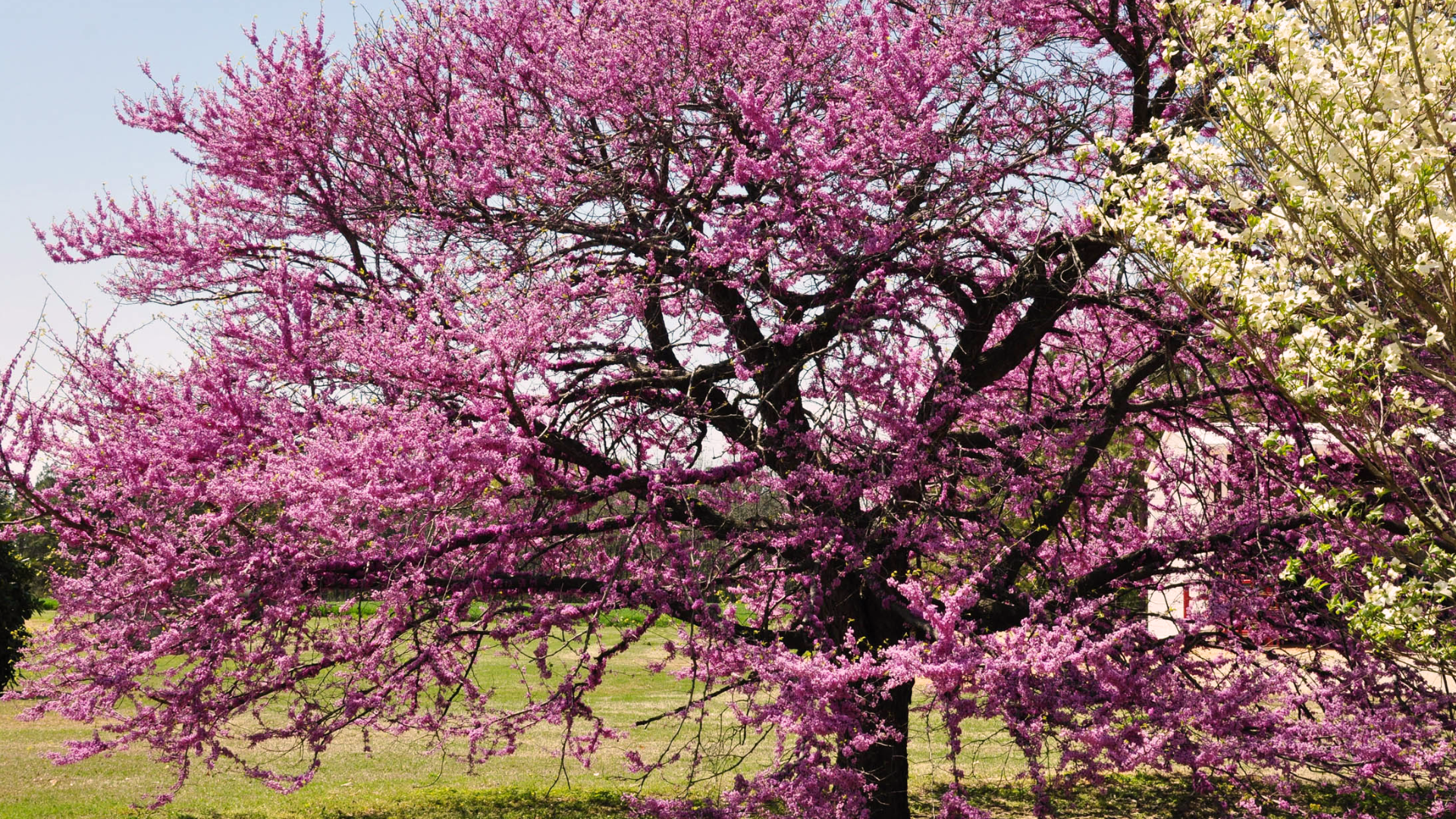
These small trees burst with pink-purple flowers in early spring before most trees show any color. Growing 20-30 feet tall, redbuds fit well in smaller yards and sell quickly at nurseries due to their size and beauty.
- Unique feature: Heart-shaped leaves and early spring flowers make this tree stand out in any yard.
- Care tips: Plant in well-drained soil with some protection from harsh afternoon sun. These trees need regular water during dry spells for the first few years.
4. Japanese Maple

Small and full of character, Japanese maples bring a touch of Asian garden style to any space. Their lacy leaves and compact growth (usually 15-25 feet) make them perfect for small yards or as focus plants. They command high prices at nurseries.
- Unique feature: The lacy, sometimes purple or red leaves create year-round interest, even in winter when their branch structure shows.
- Care tips: Most varieties prefer partial shade, especially in hot areas. Keep soil moist but not soggy, and protect from strong winds.
5. Tulip Poplar
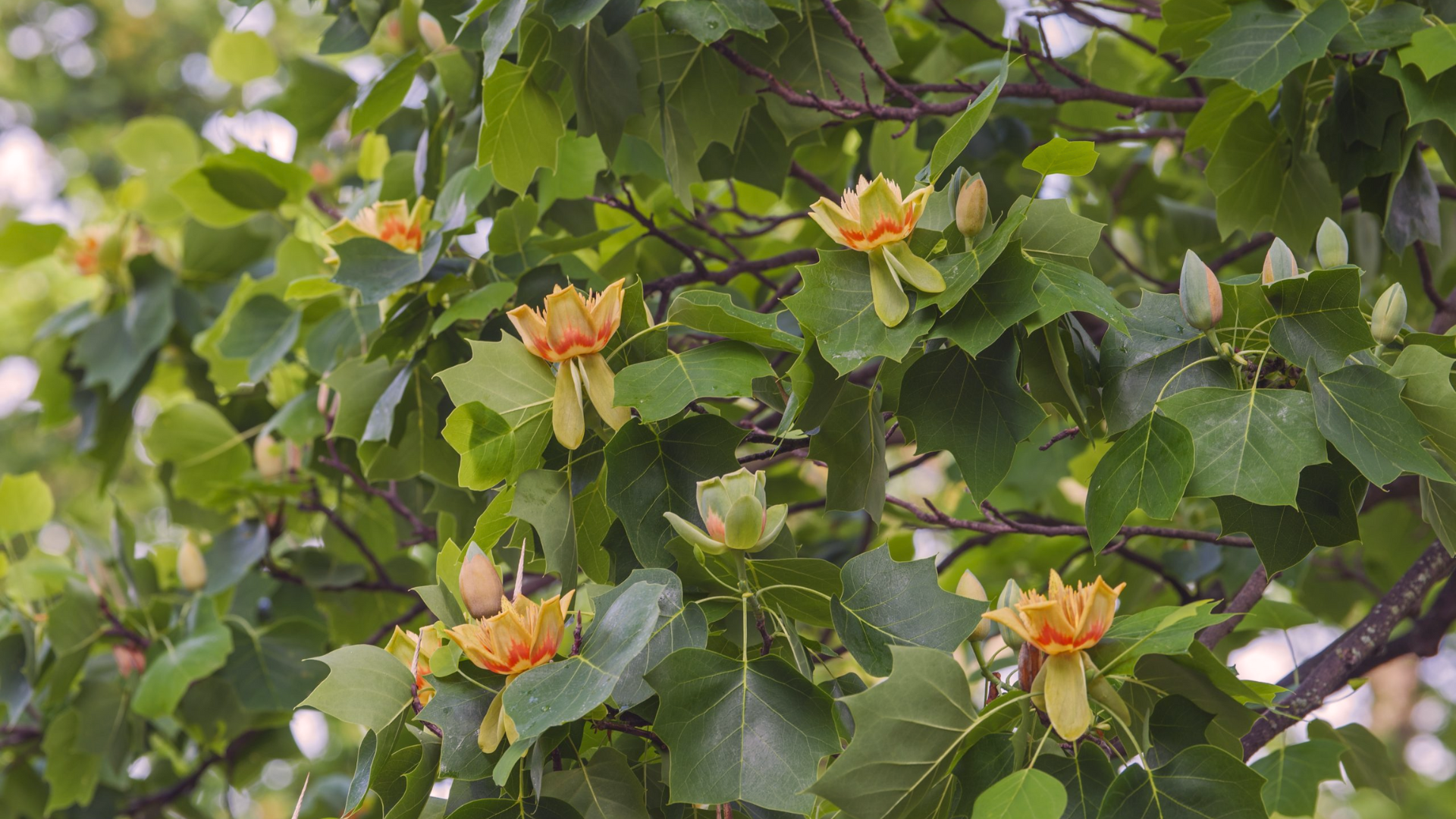
Tall and straight-growing, these trees produce tulip-shaped yellow-green flowers and reach impressive heights of 70-90 feet. Their straight growth makes them valued for timber, while their flowers and form make them good yard trees too.
- Unique feature: Unique tulip-shaped flowers appear in late spring, and the trees grow very straight and tall.
- Care tips: Plant in full sun with well-drained soil. These trees grow fast and need space away from houses and power lines.
6. Crape Myrtle
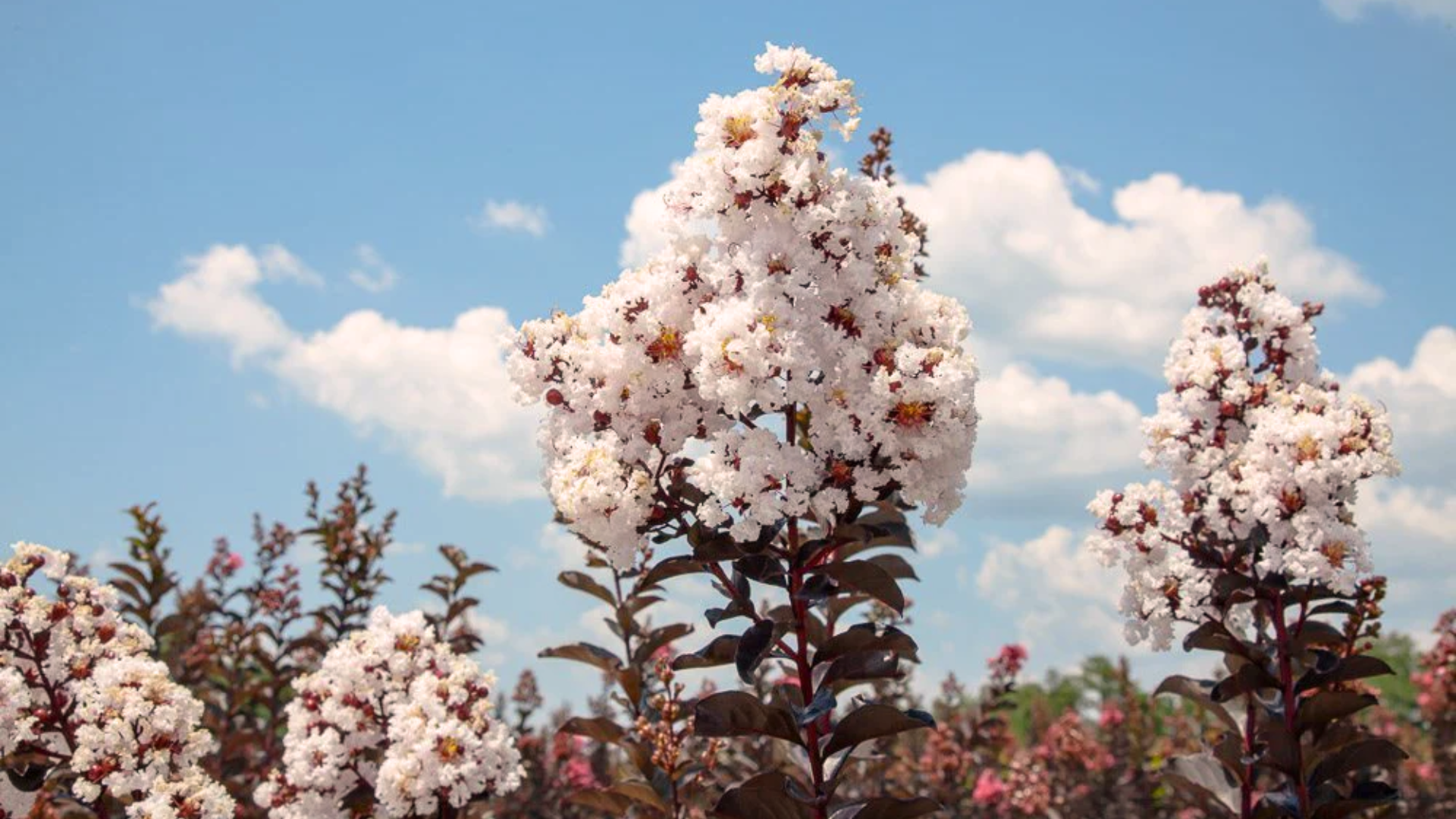
These small trees burst with colorful flowers for months in summer when most other trees have finished blooming. Growing 15-25 feet tall, they work well in small spaces and hot climates. Their long bloom time makes them popular in garden centers.
- Unique feature: Summer-long flowers in shades of pink, purple, red, or white, plus peeling bark for winter interest.
- Care tips: Plant in full sun for best flowers. Prune lightly in late winter, and avoid the common mistake of cutting them back too hard.
7. River Birch
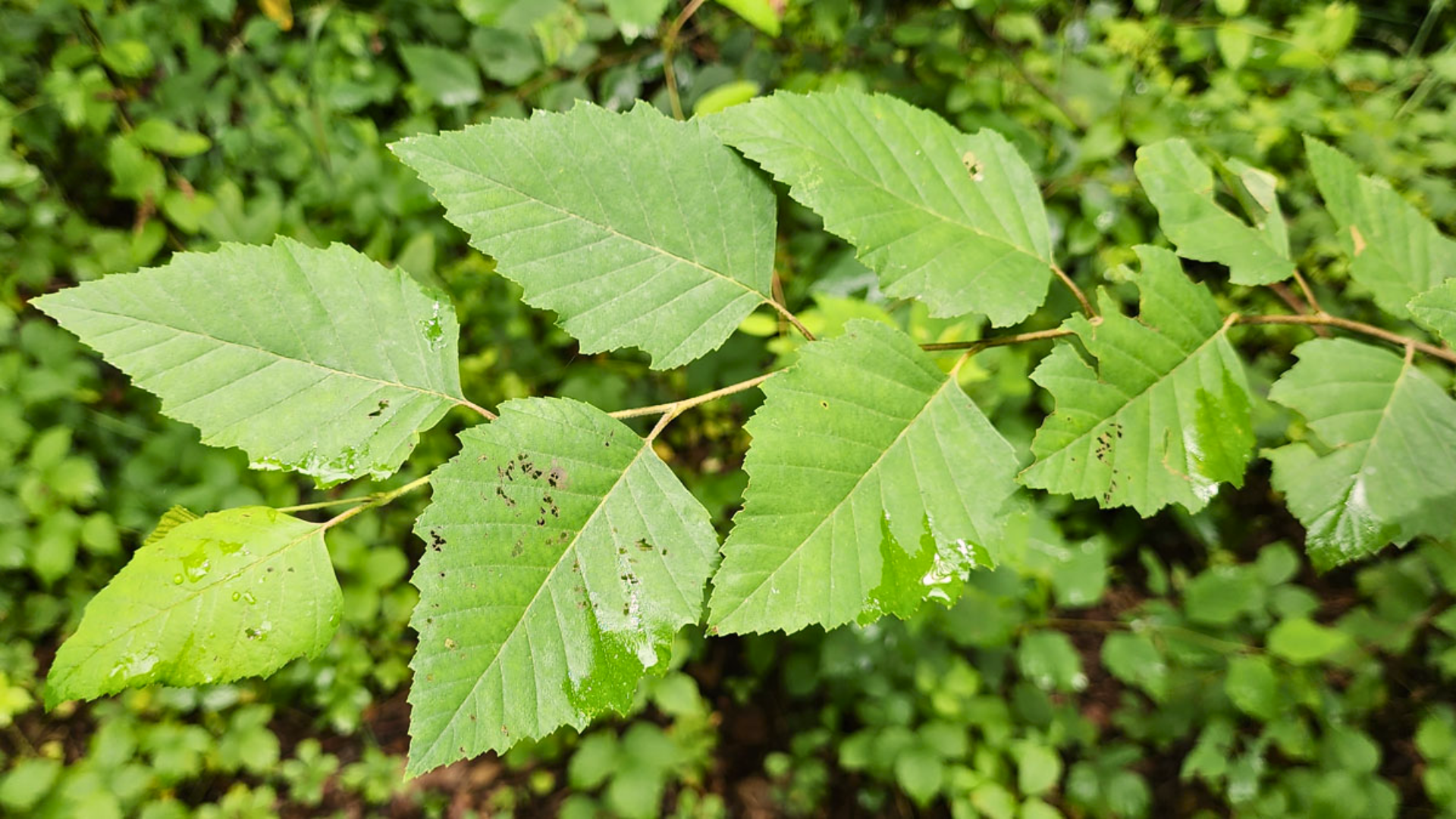
With peeling cinnamon-colored bark that stands out in winter, river birches add year-round interest to yards. They grow quickly to 40-70 feet and handle wet conditions that would kill many other trees. Their resistance to birch borers makes them more practical than other birch types.
- Unique feature: Curling, peeling bark in shades of cream, cinnamon, and brown creates winter interest.
- Care tips: Keep soil moist, especially in hot weather. Plant where the roots can stay cool but the top gets good sun.
8. Autumn Blaze Maple
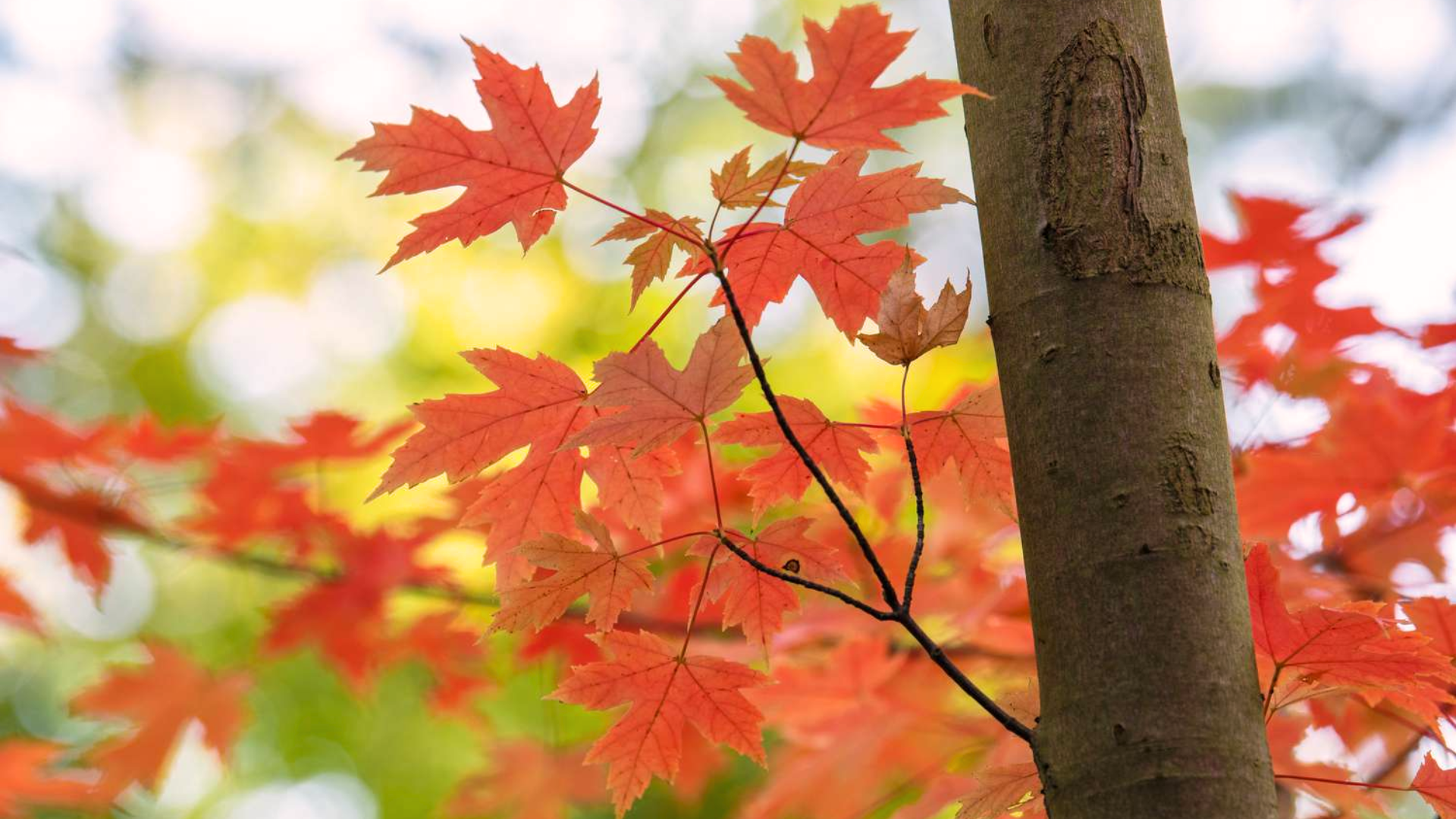
This hybrid maple combines fast growth with outstanding fall color. Growing quickly to 40-55 feet, these trees turn bright red in fall. Their reliable color and good form make them top sellers for landscapers and home yards.
- Unique feature: Consistent bright red fall color every year, regardless of weather conditions.
- Care tips: Grows in most soils but prefers well-drained areas. Needs regular watering when young but becomes more drought-tolerant with age.
9. Dogwood
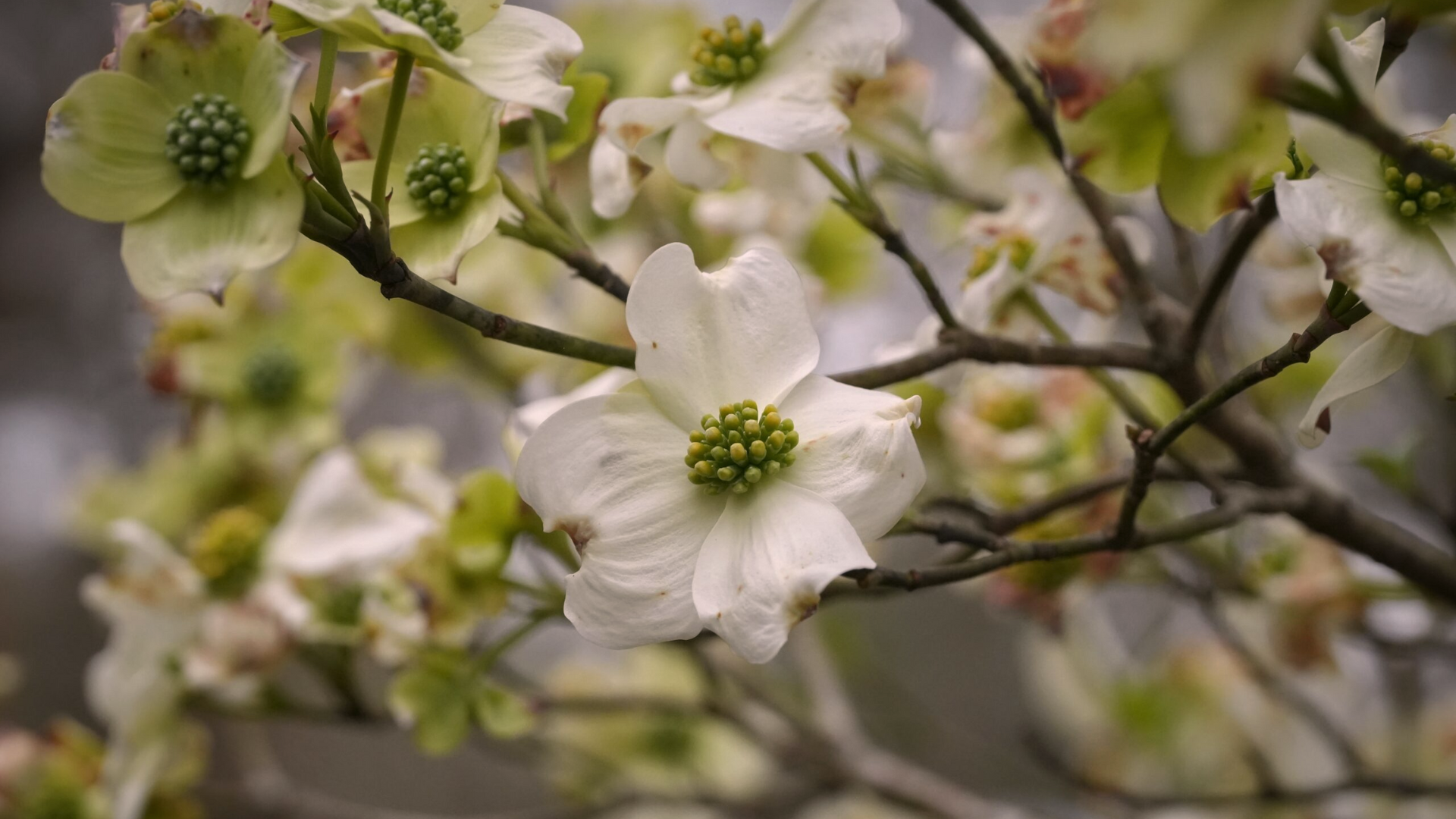
Known for their spring flower display, dogwoods bring multi-season interest to partly shaded yards. Growing 15-30 feet tall, these understory trees work well in woodland gardens or as shade trees for patios. Their flowers, fall color, and winter berries make them valuable landscape trees.
- Unique feature: Large, showy flower bracts in spring, plus red berries in fall that attract birds.
- Care tips: Plant in morning sun and afternoon shade. Keep the soil moist and add mulch to keep the roots cool.
10. Bald Cypress
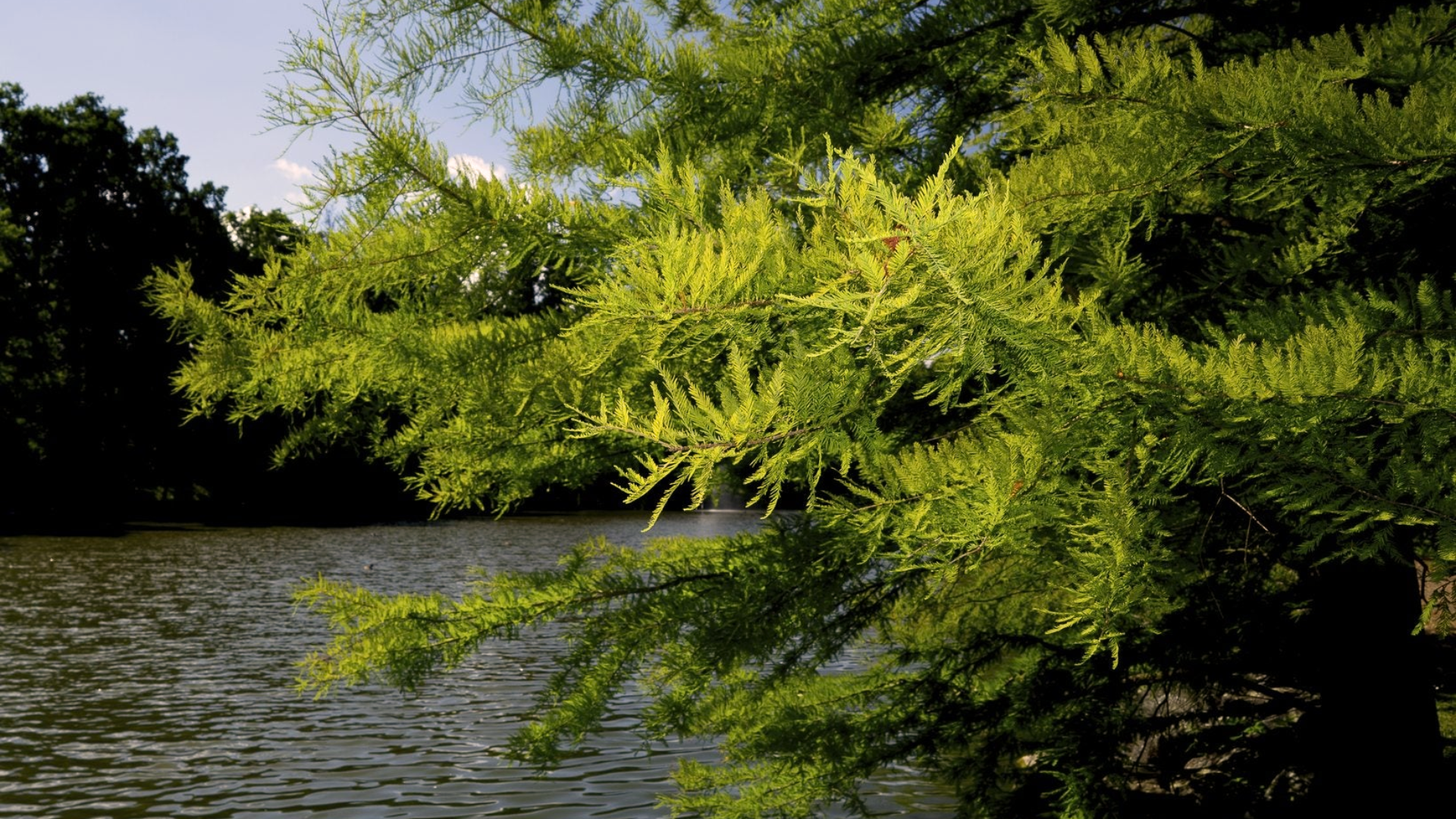
These unusual conifers lose their needles in winter but bring a feathery texture to landscapes. They grow 50-70 feet tall and handle wet soils, even standing water. Their ability to grow where other trees fail makes them valuable for problem spots.
- Unique feature: Can grow in standing water and produces “knees” (root projections) in very wet areas.
- Care tips: Grows in most soils but does best with consistent moisture. Despite their swamp origins, they also handle normal yard conditions well.
11. Ginkgo
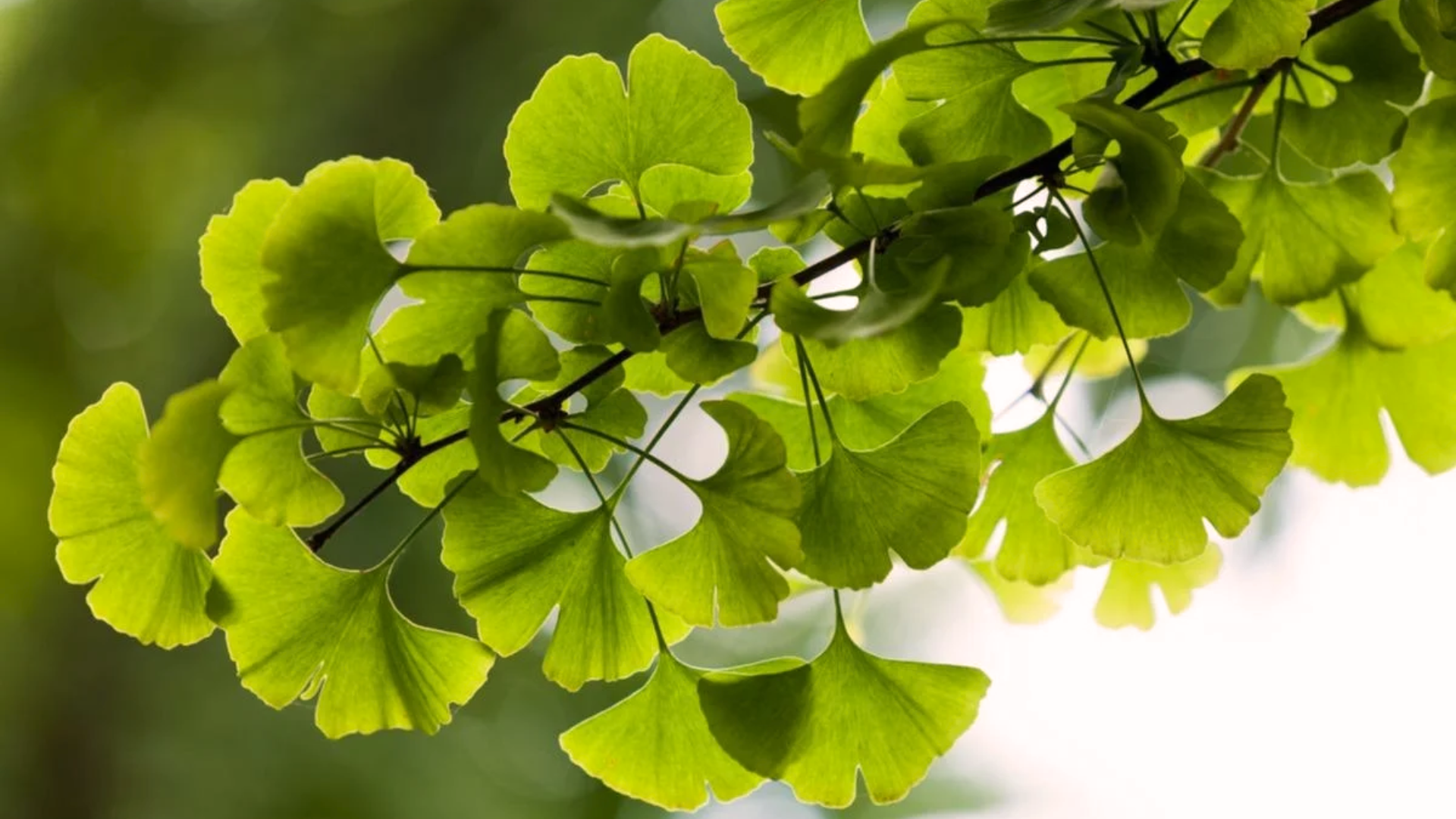
One of the oldest tree species on earth, ginkgos bring prehistoric charm and fan-shaped leaves to landscapes. Growing 50-80 feet tall, these trees are slow-growing but very long-lived. Their unique leaves and bright yellow fall color make them stand out.
- Unique feature: Fan-shaped leaves turn bright gold in fall, often dropping all at once after a cold night.
- Care tips: Plant male trees only (females produce smelly fruit). Ginkgos handle poor soil, pollution, and city conditions very well.
12. American Elm
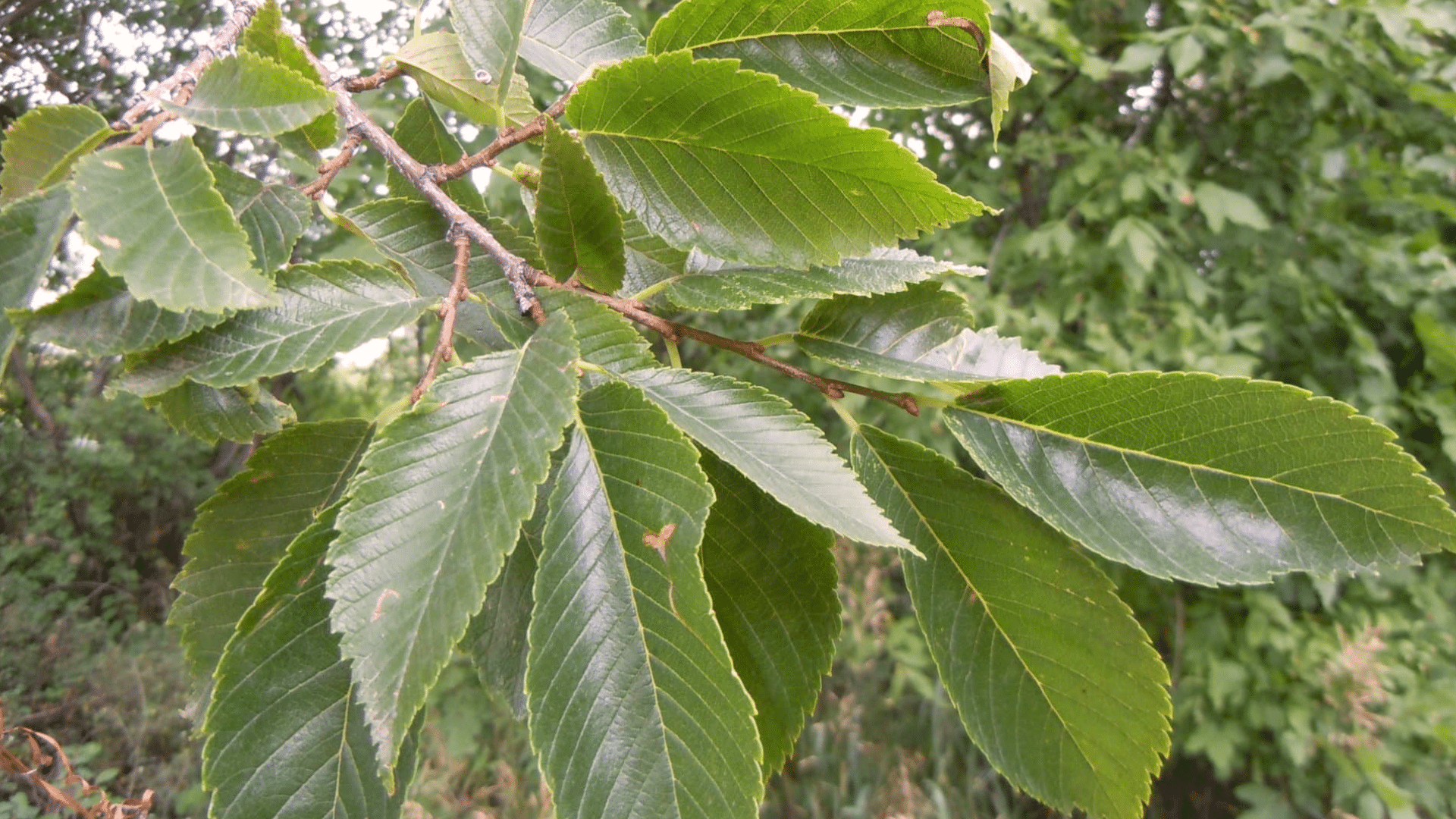
Once lining streets across America, disease-resistant varieties of American elms are making a comeback. Their classic vase shape reaches 60-80 feet tall and wide. New resistant varieties command good prices as people seek to restore this iconic tree.
- Unique feature: Classic vase shape with arching branches that create cathedral-like canopies.
- Care tips: Look for Dutch elm disease-resistant varieties like ‘Princeton’ or ‘Valley Forge’. They adapt to most soils and conditions.
13. Sugar Maple
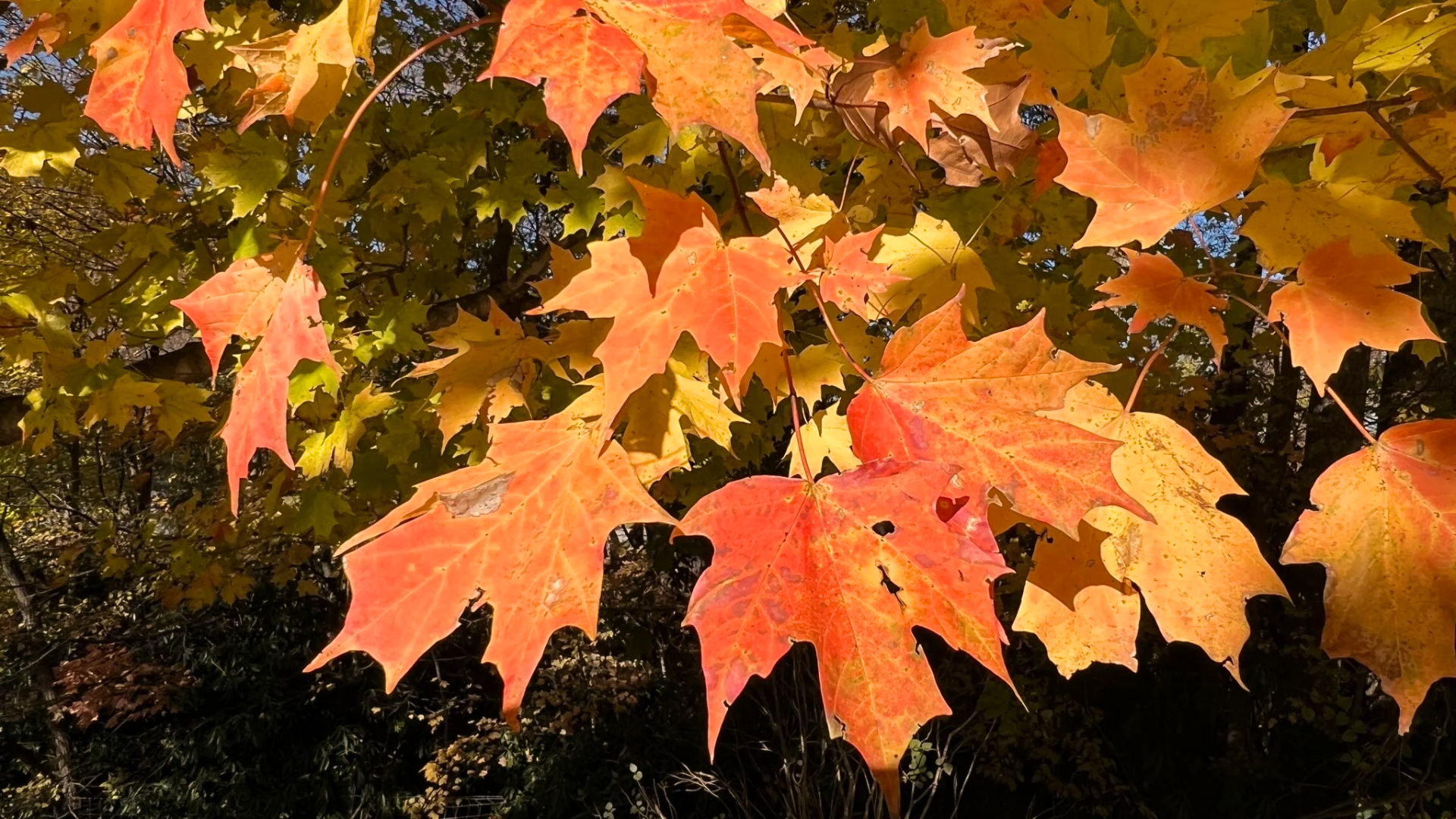
Beyond their sweet sap for maple syrup, sugar maples provide some of the most colorful fall displays. Growing 60-75 feet tall, they create dense shade and classic maple shapes. Their ability to produce maple syrup adds value beyond just landscape use.
- Unique feature: Produces the highest quality maple syrup and displays orange-red fall colors.
- Care tips: Prefers well-drained, slightly acidic soil. Doesn’t tolerate road salt or compacted soils well.
14. Magnolia
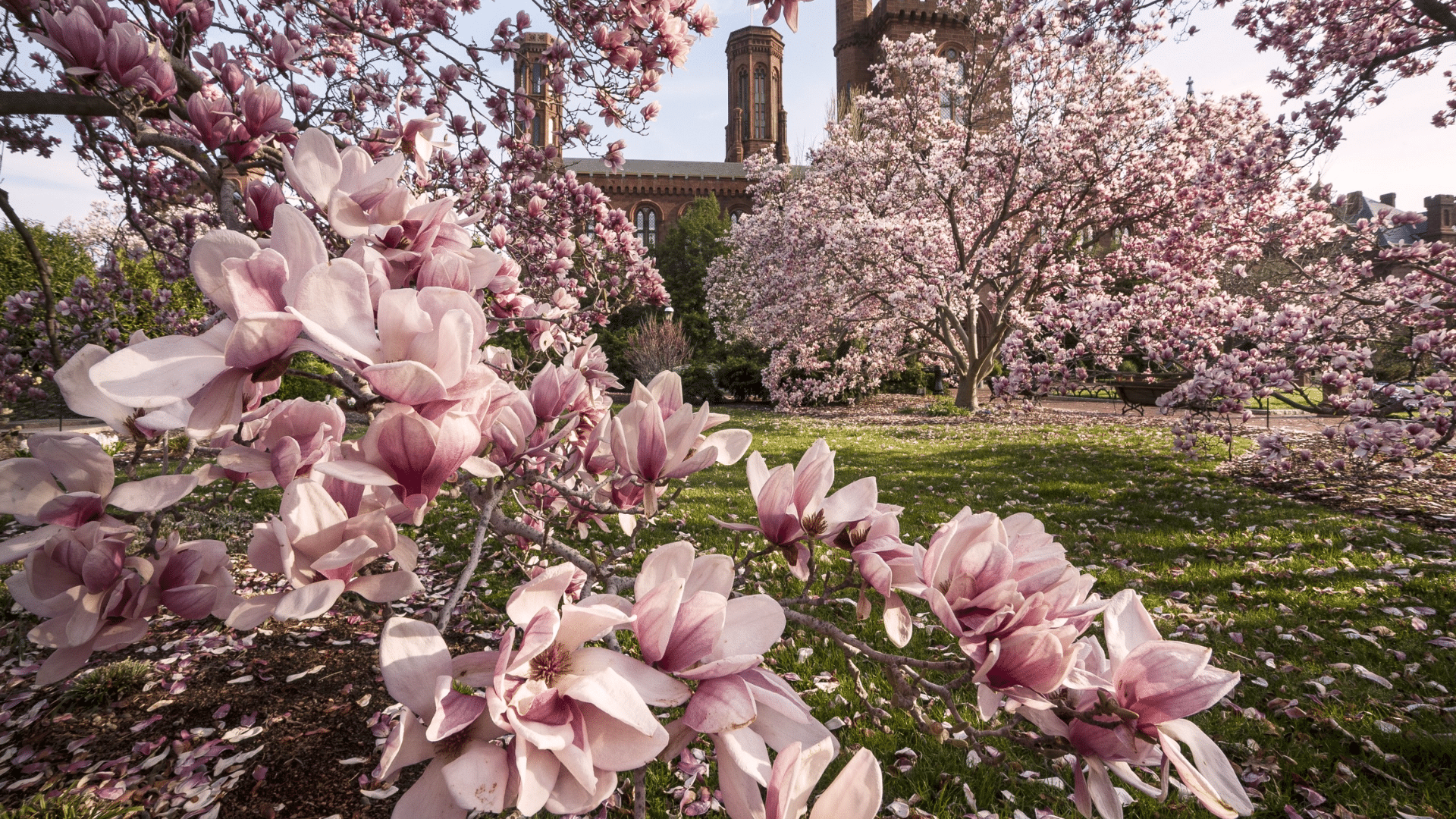
With their large, fragrant flowers, magnolias create show-stopping spring displays. Depending on the variety, they grow 15-80 feet tall. Southern magnolias keep their glossy leaves year-round, while northern types drop leaves but produce even larger flowers.
- Unique feature: Large, cup-shaped flowers with a strong, sweet fragrance, often blooming before leaves appear.
- Care tips: Plant where flowers can be protected from late frosts. Most prefer acidic soil and consistent moisture.
15. Northern Red Oak
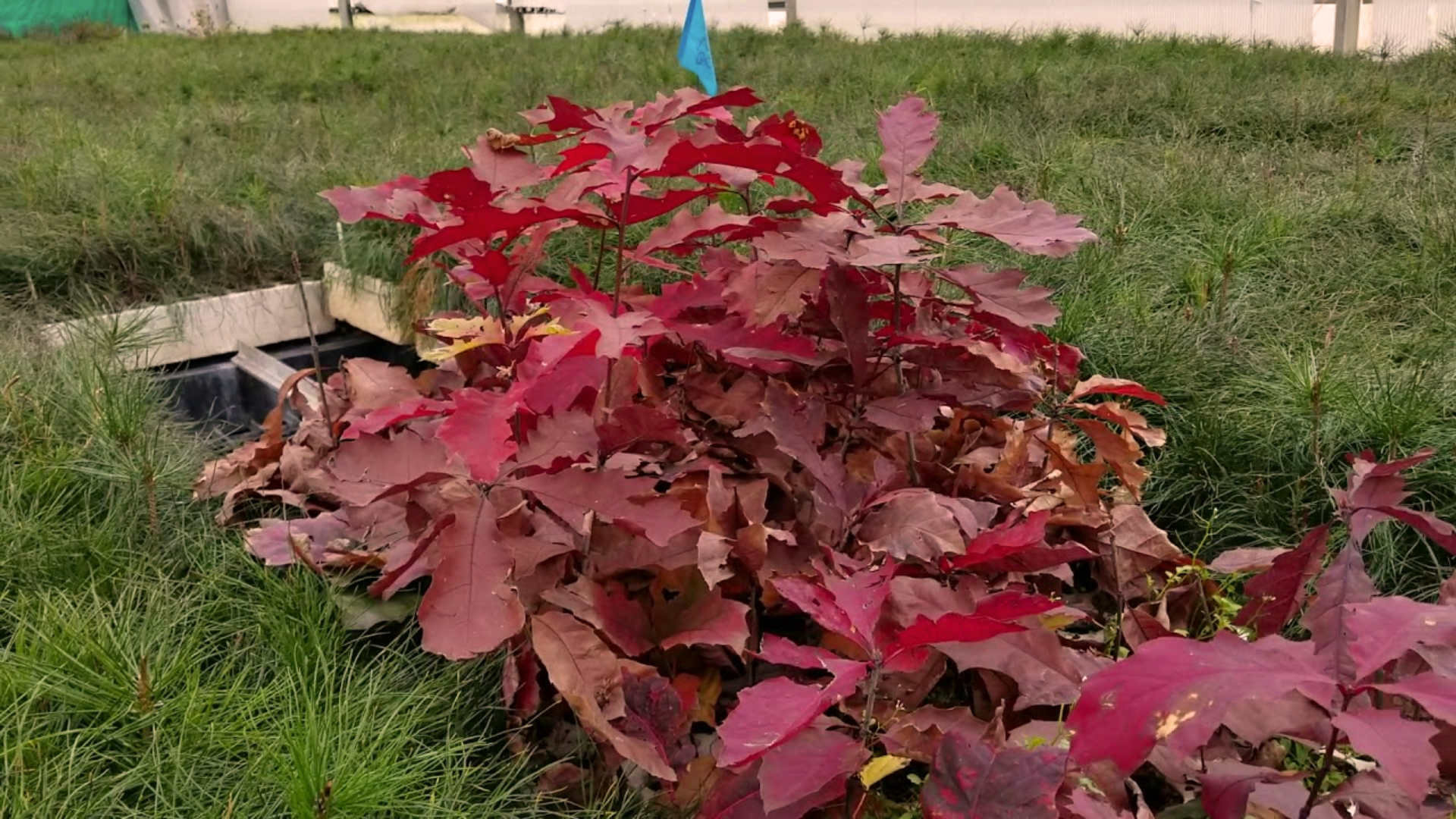
Fast-growing for an oak, these trees combine good timber value with excellent shade tree qualities. Growing 60-75 feet tall, they develop broad, rounded crowns. Their relatively fast growth (for oaks) and valuable wood make them good investments.
- Unique feature: Faster growth than most oaks, with russet-red fall color and valuable timber.
- Care tips: Prefers acidic, well-drained soil but adapts to many conditions. Avoid planting in areas with oak wilt disease.
Can You Plant Trees in Planters?
Yes, you can grow trees in planters, though with some limitations. I’ve had success with this approach in my own small spaces.
Containers work best for smaller tree varieties. Dwarf fruit trees like lemon, fig, olive, and some apple varieties adapt well to pot life. These trees stay manageable in size while still producing fruit.
The pot size matters a lot. Your container should be at least 2-3 times wider than the root ball. Trees need room for their roots to spread. As they grow, you’ll need to move them to bigger pots.
Watering is more critical for potted trees. The soil dries out faster than the ground, so check moisture levels often. Good drainage holes are a must to prevent root rot.
This approach works perfectly if you rent, have limited yard space, or want to move your trees around. With proper care, potted trees can thrive for years and still provide the benefits of their larger in-ground cousins.
How to Choose the Right Trees for Your Land?
Start with your local climate zone. I always tell people this is step one because a tree that thrives in Florida might die quickly in Minnesota. Check your USDA growing zone online before buying any trees.
Your soil matters too. Is it sandy, clay, or somewhere in between? Most trees have soil preferences. You can get a simple soil test kit from garden stores to learn what you’re working with.
Think about your space realistically. A tiny backyard can’t support massive oaks, but might be perfect for a dwarf fruit tree or ornamental redbud. Measure your area and check the full-grown size of any tree you consider.
Native trees often make the smartest choice. They’re already adapted to your local conditions, need less water and care, and support local wildlife. Call your county extension office – they can tell you which native trees would work well in your specific area.
Urban areas bring extra challenges like limited space and city regulations. Always check local rules before planting.
Can You Turn This Into a Full-Time Business?
Yes, growing trees can become a full-time job – but you need patience. Trees take time to mature, and your income will grow slowly like the trees themselves.
I know several people who’ve made this work. Take Mike from Ohio, who started with just 5 acres of Christmas trees. After eight years, he now sells 1,000+ trees each holiday season. Or Sarah in Washington, who grows and sells Japanese maples from her one-acre lot, making about $45,000 yearly after a decade of building her business.
The upfront costs vary widely. You might spend about $2-10 per seedling, plus land, equipment, water, and protection costs. Some trees, like pecans, may take 7-10 years before producing good harvests.
This business suits people who plan for the long run. While waiting for slower-growing, valuable trees to mature, many growers earn money through faster options like Christmas trees or nursery stock for landscapes.
Remember: this is definitely a marathon, not a sprint.
Tips for Cultivating the Most Profitable Trees in Your Backyard
Growing trees for profit doesn’t need to be complicated. I’ve gathered some simple tips to help you get the most value from your backyard tree project, whether you have a small space or several acres.
1. Start Small and Expand Later
You don’t need a huge plot of land to begin. Even one or two well-chosen trees can provide good returns over time. I started with just three fruit trees in my backyard, which now give me enough fruit to sell at our local market.
Starting small lets you learn what works in your area without a big investment. You can always add more trees as you gain experience and see results from your first plantings.
2. Pay Attention to Soil Preparation
Good soil leads to healthy trees that grow faster and produce more. Before planting, test your soil to know what you’re working with. Add compost to improve most soil types.
When planting, dig a hole twice as wide as the root ball but no deeper. This gives the roots room to spread out. I mix some compost with the backfill soil to give new trees a boost.
3. Water Consistently, Especially When Young
Young trees need regular watering during their first two years. Set up a simple watering schedule based on your climate and rainfall. In hot weather, newly planted trees might need water twice weekly.
A soaker hose or drip system saves time and targets water right to the roots where it’s needed. This cuts down on waste and helps prevent leaf diseases that come from wet foliage.
4. Use Mulch to Protect and Feed Trees
Mulch is one of your best tools for tree care. A 2-4 inch layer around your trees (but not touching the trunk) helps hold moisture, block weeds, and slowly feed the soil as it breaks down.
I use wood chips or shredded leaves as free mulch. Each spring, I check the mulch layer and add more as needed to maintain that protective layer.
5. Learn Basic Pruning Skills
Proper pruning shapes trees for better production and health. For most trees, winter is the best time to prune when you can clearly see the branch structure.
Always remove: Dead branches, crossed branches that rub together, and any growth pointing toward the center of the tree. This improves air flow and sunlight penetration.
Drawbacks of Tree Farming and Supplying
I want to give you an honest picture of tree farming. While growing trees for profit has many good points, there are also some challenges you should know about before starting.
1. The Long Wait for Returns
Many profitable trees take years before they give you any income. Walnut trees might need 10+ years before producing nuts in good amounts. Oak trees grown for timber can take 30+ years to reach harvest size.
This long wait means you need other income sources while your trees grow. You can’t just plant trees today and expect money next season, like with many garden crops.
2. Weather and Climate Risks
Trees face many weather threats over their long life spans. A late spring frost can kill blossoms on fruit trees, wiping out a whole year’s crop. Droughts can slow growth or even kill young trees if they’re severe enough.
I lost half my young apple trees during an extreme cold snap last winter, even though they were supposed to handle our climate. These events are hard to predict and can set your plans back by years.
3. Pest and Disease Problems
The longer your trees grow, the more likely they’ll face pest or disease issues. Some problems are minor, but others can be serious enough to kill trees or make their products unsellable.
Emerald ash borer has destroyed millions of ash trees. Apple trees need regular care to prevent multiple diseases. Even mighty oaks can be killed by sudden oak death in some regions.
4. Market Uncertainty
Finding steady buyers isn’t always easy, especially when you first start. Local markets might become flooded if too many people in your area grow the same tree products.
Prices can swing up and down based on yearly supply. One year, walnuts might sell for $3 per pound, while the next year they might only fetch $1.50 if the harvest is big nationwide.
5. Startup and Maintenance Costs
The money needed to begin can add up quickly. Beyond buying trees, you may need fencing to keep out deer, irrigation systems, tools, and possibly land if you don’t already own it.
Ongoing costs include water, fertilizer, pest control, and tools for harvesting and processing. If you expand beyond what you can handle yourself, labor costs will take a big chunk of your profits.
Conclusion
Growing trees for profit isn’t a get-rich-quick plan, but it can create steady side income with time and care. I’ve seen many people start small and build something meaningful.
The key is choosing the right trees for your space and climate. Whether you have acres of land or just a backyard, there’s a profitable tree option that can work for you.
Remember that trees offer more than just money. They clean the air, provide homes for wildlife, and make your property more beautiful. The financial return is just one benefit among many.
Start with one or two trees that match your goals. Learn as you grow. Be patient as your trees develop and your knowledge deepens.
In a world that moves too fast, there’s something deeply satisfying about watching your investment grow stronger each year, knowing it benefits both your wallet and the world around you.


